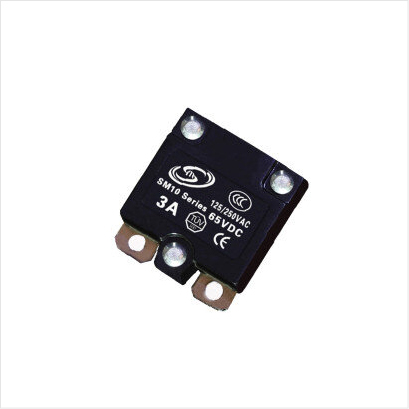The Importance and Benefits of Fireproof Strips
In an era where safety and sustainability take center stage, fireproof strips have emerged as an essential feature in both residential and commercial buildings. Fireproof strips, often referred to as fire-rated door seals or intumescent strips, are designed specifically to enhance fire safety by preventing the spread of flames and smoke. Their significance cannot be overstated, as they play a critical role in safeguarding lives and property.
Understanding Fireproof Strips
Fireproof strips are typically made from materials that can withstand high temperatures without igniting, such as silicone or specialized resins. These strips are installed around doors and windows, forming a seal that acts as a barrier against fire and smoke. In the event of a fire, intumescent strips expand, filling gaps and preventing the passage of toxic gases and flames. This functionality is vital as it buys precious time for occupants to evacuate and for firefighters to tackle the blaze.
Enhancing Fire Safety
One of the primary advantages of fireproof strips is their ability to enhance fire safety within a building. When properly installed, these strips can limit the spread of fire between different compartments or rooms, helping to contain the fire to a specific area. This containment is crucial in multi-story buildings or facilities with high occupancy, where rapid evacuation is essential. By slowing down the progression of smoke and flames, fireproof strips provide residents and workers with more time to escape and reduce potential injuries or fatalities.
Compliance with Regulations
fireproof strip

In many regions, building codes and regulations mandate the installation of fireproof strips in certain types of construction. Compliance with these regulations is not just a legal obligation but also a critical component of responsible building practices. By adhering to safety standards, property owners can mitigate their liability and ensure the well-being of their occupants. Furthermore, using fire-rated materials, including fireproof strips, can enhance the overall marketability of a property, making it more appealing to insurance companies and potential buyers.
Versatility in Applications
Fireproof strips are versatile and can be applied in various settings, including residential homes, commercial buildings, schools, hospitals, and industrial facilities. Their design can be tailored to suit different door types and materials, ensuring both functionality and aesthetic appeal. Whether used on fire-rated doors, exit doors, or internal doors, these strips are an integral part of a comprehensive fire safety strategy. Moreover, they are often simple to install, requiring minimal tools and expertise, making them a practical solution for many building projects.
Energy Efficiency Benefits
In addition to their fire-resistant properties, fireproof strips can contribute to energy efficiency. By sealing gaps around doors and windows, they help to reduce air leakage, which can lead to energy savings. This dual functionality makes fireproof strips an environmentally friendly choice, as they not only protect against fire but also enhance energy performance.
Conclusion
The importance of fireproof strips in building safety cannot be overstated. Their role in preventing the spread of flames and smoke significantly contributes to the protection of lives and properties. As an effective, compliant, and versatile solution, fireproof strips are essential components of modern construction practices. Property owners and builders alike should recognize the vital role these strips play in enhancing fire safety, ensuring compliance with regulations, and promoting energy efficiency. Investing in fireproof strips is not just a precaution; it's an essential step towards a safer built environment for everyone.
-
XIANGFAN Rubber Tape-Ultimate Solutions for All Your Insulation NeedsNewsJun.24,2025
-
XIANGFAN Rubber Tape-Protection for Industrial and Residential ApplicationsNewsJun.24,2025
-
XIANGFAN Rubber Tape: Superior Safety and Sealing for Demanding EnvironmentsNewsJun.24,2025
-
XIANGFAN Rubber Tape: Reliable Solutions for Every Electrical ChallengeNewsJun.24,2025
-
XIANGFAN Electrical & Industrial Tape: Powering Reliability Across IndustriesNewsJun.24,2025
-
XIANGFAN Electrical & Industrial Tape: Excellence in Every ApplicationNewsJun.24,2025
